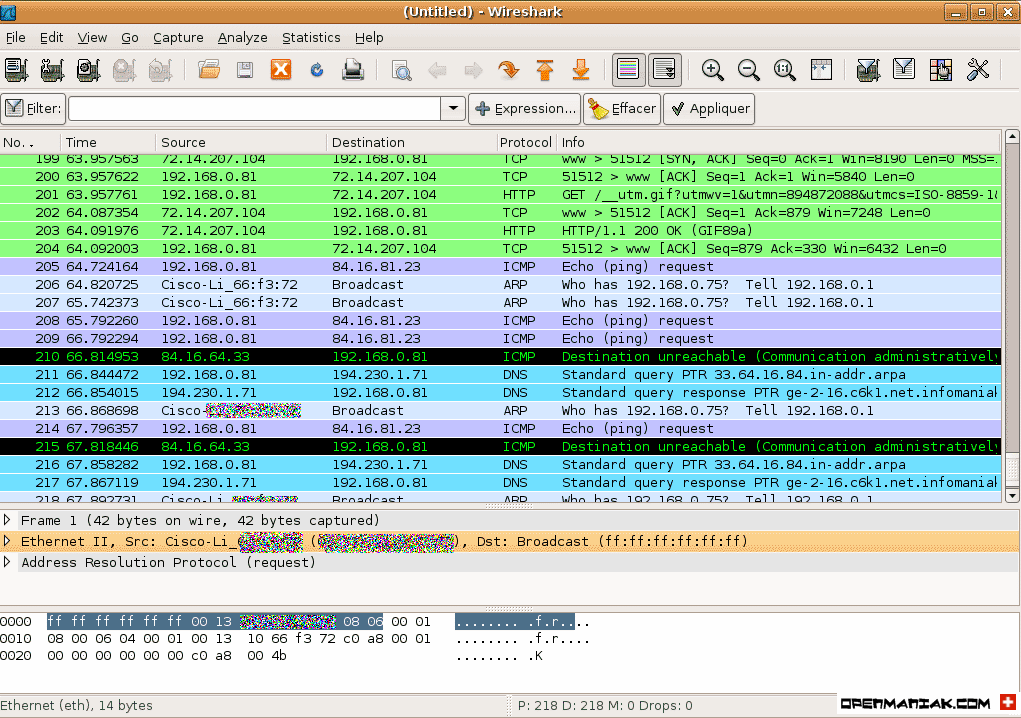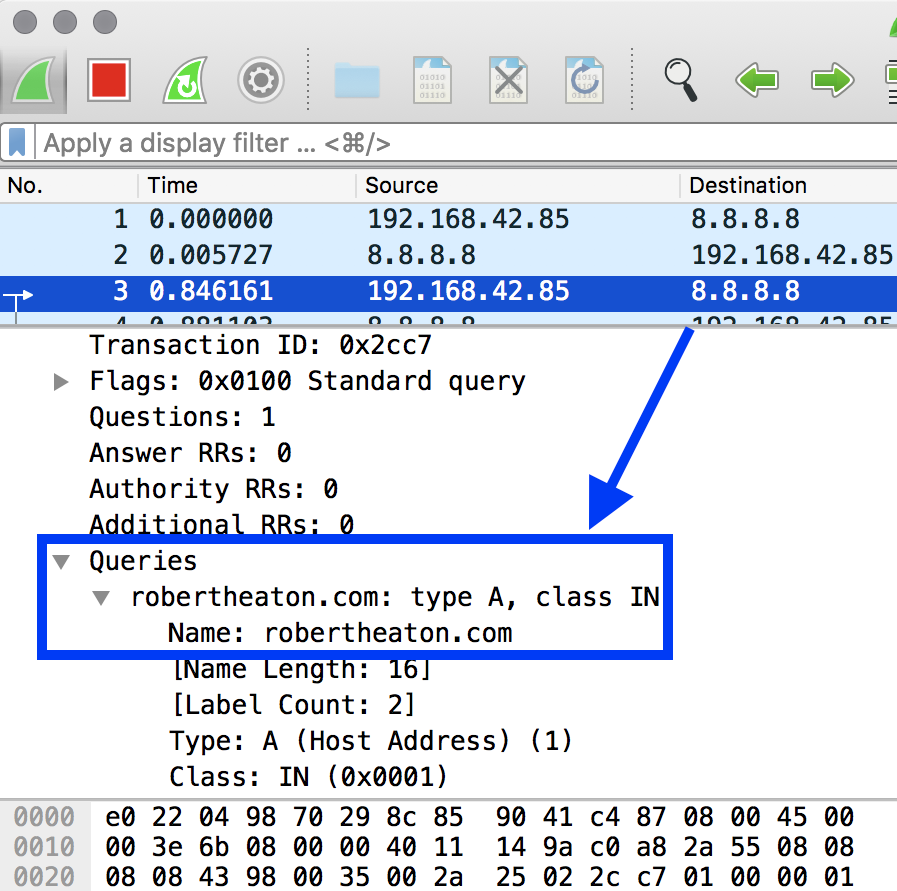

To save the new filter, just replace the filler with the actual name and expression that you want and click “Ok.” The filter will be saved and applied. It will create a new capture filter populated with filler data. Look around and see what’s there.Īt the bottom of that box, there is a small form for creating and saving hew capture filters.

Directly to its left is a button labeled “Capture Filter.” Click on it, and you will see a new dialog box with a listing of pre-built capture filters. Click on the “Capture” tab on the top menu, and go to “Options.” Below the available interfaces is the line where you can write your capture filters. They just determine if two or more things are equal, greater, or less than one another.īefore diving in to custom capture filters, take a look at the ones Wireshark already has built in. They are expressions that use “and,” “or,” and “not” to verify the truthfulness of a statement or expression. If you’ve ever done any kind of programming, you should be familiar with Boolean expressions. Filtering only HTTP requests would be a good example.įor everything else, Wireshark uses Boolean expressions and/or comparison operators. Most correspond to the more common distinctions that a user would make between packets. Start typing in either of the filter fields, and you will see them autocomplete in. Wireshark has plenty of built-in filters which work just great. Of course, these can be used in conjunction with one another, and their respective usefulness is dependent on which and how much data is being collected.īoolean Expressions and Comparison Operators It can filter an only collect certain packets, or the packet results can be filtered after they are collected. There are two way that Wireshark can filter packets. Wireshark provides two powerful filtering tools to make targeting the exact data you need simple and painless. That can get in the way of the specific data that you are looking for. As you have seen, Wireshark collects everything by default. To save your filters in to your custom profile, follow the steps below.Filtering allows you to focus on the exact sets of data that you are interested in reading. You can save, delete or modify them as you wish. Wireshark lets you manage your display filter. Some of them can include many conditions, which takes time to produce the same filter again and again. When we troubleshoot a network issue, we may need to use multiple display filter. In the figure below, you can see there is a massive latency for name resolution in the “ Response Time” column, which indicate that we need to take a look. Before and after coloring is following.Īs you can see coloring rule creates more striking output, which lets you distinguish the packets easily. Name: Dns response time bigger than 1 secondģ) After enabling the rule with tick (✓) symbol, select a color for both “ Foreground” and “ Background” then click “ Ok” to save it.Īfter applying the rule, it is almost impossible not to notice there has been a problem with dns resolution.
#Building wireshark display filters how to
Regarding these needs, Wireshark provides Profiles by which you can customize your settings like filtering buttons, coloring packets based on some condition, adding customized columns etc.ĪLSO READ: How to do TCP Retransmission Analysis using Wireshark For example, if you are a system admin you may use settings for troubleshooting and solving network related performance problems while a security analyst focuses more on doing network forensic or analyzing attack patterns. Professionals who are specialized in different areas use different features.

Wireshark comes with many great features. Introduction to Wireshark Configuration Profiles Where is my configuration profile stored and how can I find them?.Import and export configuration profile.Step-3: Create packet colorization rule.Introduction to Wireshark Configuration Profiles.


 0 kommentar(er)
0 kommentar(er)
